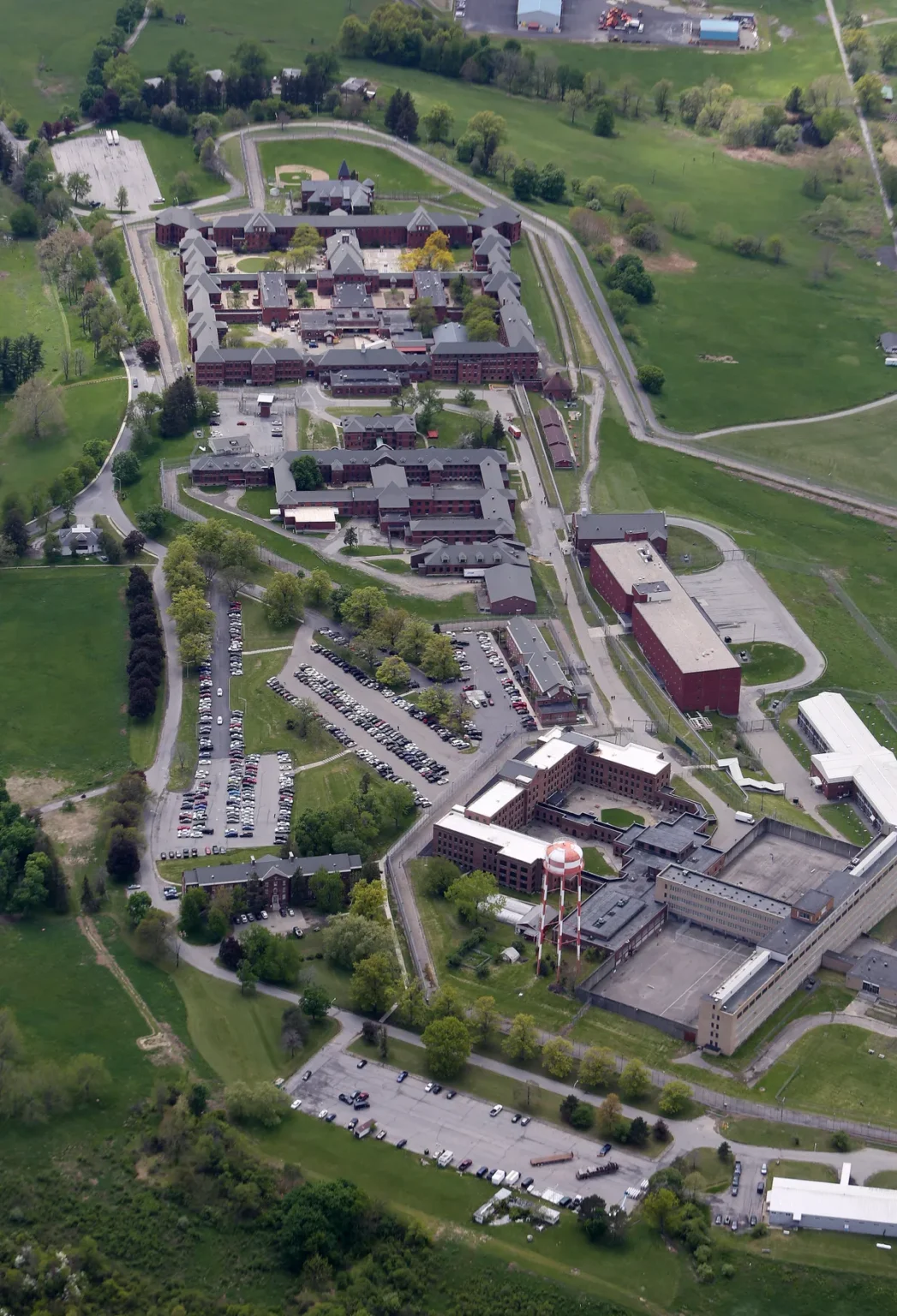Evaluating the Healthcare Needs and Implications of Elderly Inmates
The transformation of U.S. prisons into de facto nursing homes for elderly inmates has become a pressing clinical issue. As the prison population ages, facilities face increasing challenges in providing appropriate healthcare for this demographic.
Demographic Trends and Health Implica1ions
Prisons nationwide are experiencing a significant rise in elderly inmates. In 1991, individuals aged 55 and older represented just 3% of the prison population. By 2021, this figure had surged to 15%. Projections suggest that by 2030, approximately one-third of prisoners will be over 50, totaling about 400,000 individuals. Notably, 30% of those serving life sentences are already at least 55 years old. This demographic shift necessitates an adaptation in healthcare services within correctional facilities.
Elderly inmates generally face more severe health issues compared to their younger counterparts. Research indicates that older prisoners often suffer from chronic conditions and experience age-related decline more rapidly. Older inmates are typically three to nine times more costly to care for than younger prisoners, due to the increased medical and nursing care required.
Specialized Care Units
In response to these needs, several states have implemented specialized care units. For instance, Fishkill Correctional Facility in New York established a 30-bed dementia unit in 2006, which was a pioneering move. Minnesota’s Department of Corrections has since developed the Transitional Care Unit and the Linden Unit, providing hospital-level care and daily assistance for elderly inmates. These units include features like wheelchair-accessible sinks and hospital beds, designed to meet the unique needs of aging prisoners.
Similarly, Michigan has established units that cater to inmates requiring intensive medical treatment and hospice care. These specialized facilities aim to address the comprehensive healthcare needs of elderly prisoners, reflecting a broader trend toward adapting prison infrastructure for an aging population.
Staffing and Training Challenges
The increase in elderly inmates has exacerbated existing staffing shortages and highlighted the need for specialized training. Correctional staff must be equipped to manage the medical and psychological needs of elderly prisoners, which often requires additional training and resources. Partnerships with external healthcare organizations are being explored to enhance the care provided within prisons.
Compassionate Release and Reentry
Compassionate release, or medical parole, offers a potential solution for elderly inmates nearing the end of life. Despite being available in most states, the process remains underutilized and can be complex. Research shows that elderly individuals released under compassionate release programs have a lower recidivism rate, with studies indicating that only 3% of those released after life sentences are reoffended.
Upon release, elderly former inmates face significant challenges adjusting to a rapidly changing society. Programs like Jumpstart offer temporary support, but the transition from incarceration to community life remains a critical issue for many.
Conclusion
The growing number of elderly inmates presents significant clinical challenges for the U.S. prison system. Addressing the healthcare needs of this population requires ongoing adaptation and resources. As the prison population continues to age, the development of specialized care units and effective compassionate release processes will be crucial in managing the health and well-being of elderly prisoners.


